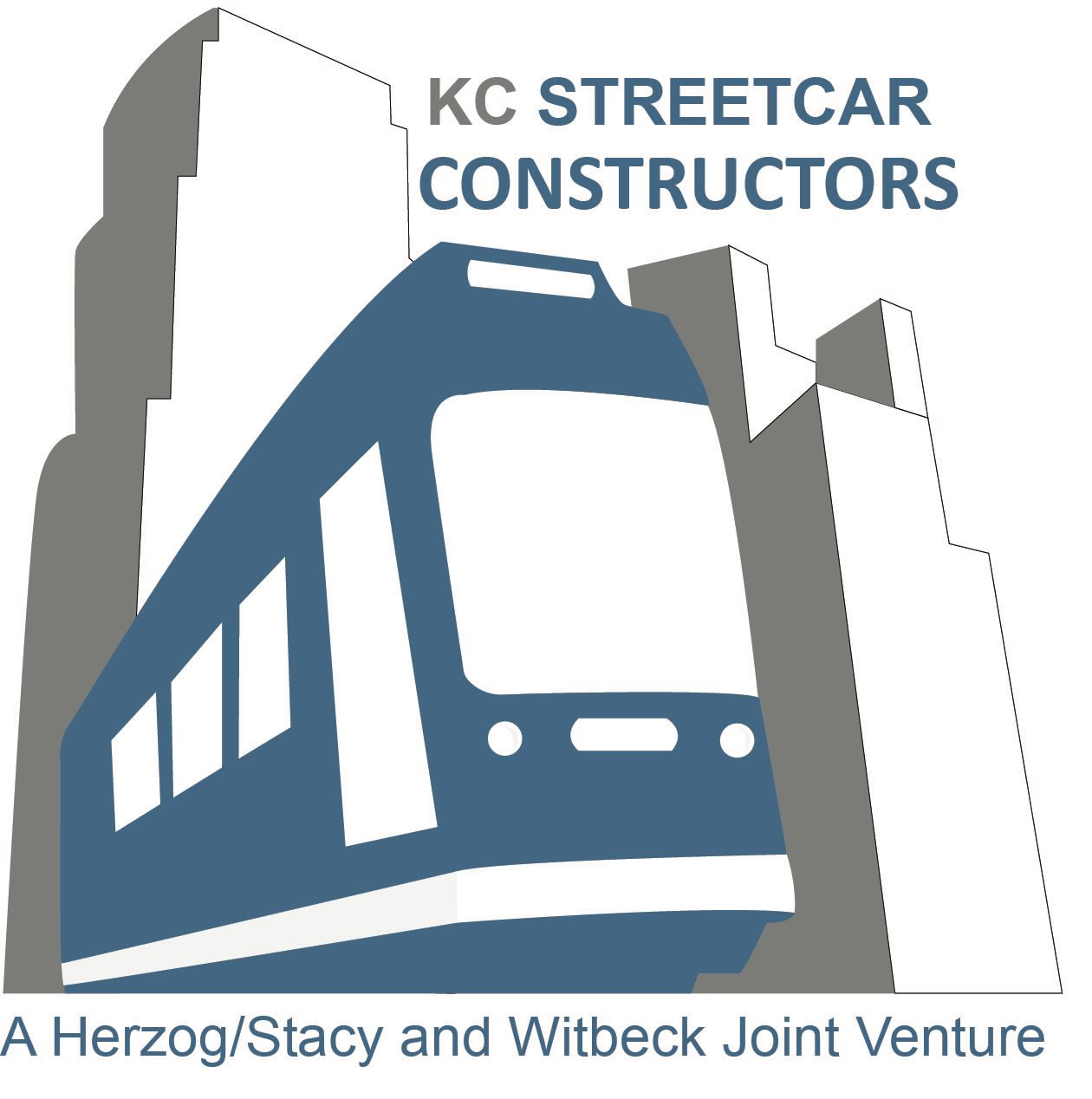KC Streetcar Constructors Prepare for Cold Weather Work
It’s the official start of winter in Kansas City - the Plaza lights are on, the Mayor’s Christmas Tree is lit at Crown Center, and Union Station’s Great Hall is Deck’d in holiday cheer! With the winter comes cold weather, which can be challenging when building a 3.5-mile streetcar extension. Fortunately, the Kansas City Streetcar Constructors (KCSC) have a cold weather plan in place to mitigate cold weather issues that typically impact construction in order to keep the Main Street Extension project moving even during frigid temps.
Concrete blankets protecting freshly poured concrete on the track slab just north of Linwood Boulevard.
While the safety of crews and quality of work is always important, the team will keep a closer eye on the work zones during cold temperatures to ensure the safety of the crews and work materials. When temperatures drop below an average of 40 degrees for three consecutive days, crews adjust their work, using different equipment and techniques, to maintain a high quality of work. Below are some examples of how KCSC continues work activities during cold temps.
Concrete and the pouring process is susceptible to dropping temperatures. When the average daily temperature drops below 40 degrees for three consecutive days, concrete must be installed in accordance with ACI 306 Cold Weather Concreting.
There are a variety tools and techniques that allow work crews to continue pouring concrete even in frigid temps. To continue pouring concrete in colder temperatures, ground heaters like you see in the photo above, are used to keep the subgrade, or the surface that has been prepared for track installation, warm. Surface thermometers are used to make sure the subgrade is warm enough to pour concrete.
Concrete trucks maintain the concrete at temperatures between 50 and 70 degrees when arriving onsite. At times, crews will add an accelerator to allow the concrete to set quicker and generate more internal heat. This accelerator allows the concrete to set in half the time as a normal, warm weather pour.
After pouring the concrete, crews quickly place special blankets down, like you see in the photo, to keep the concrete warm while it cures. Sacrificial internal thermometers are used to verify that the concrete temperature is maintained during the curing process. External thermometers are also used to ensure the blankets and heaters retain enough heat. The concrete blankets are weighed down to protect the new concrete from the elements and to allow the heat to stay in place. The blankets are left for three or more days, depending on what was poured, for example a sidewalk versus a track slab. Ground heaters are used to keep the temperature under the blankets at least 50-55 degrees (depending on thickness) to allow the concrete to properly set.
Prepping for Inclement Weather
Another image of concrete blankets protecting the southbound track slab just north of Linwood Boulevard.
In addition to the cold weather work plan, KCSC also prepares the Main Street Extension work zones ahead of a snow or ice event. This includes salting the metal plates and pedestrian bridges throughout and over construction to prevent slickness.
KCSC crews operate in all-weather unless it is unsafe to do so for our workers and the traveling public. In order to keep our crews safe, work may be postponed or suspended during extreme conditions or extreme temperatures.
As KCSC crews bundle up for a few cold months on Main Street and begin cold weather mitigation efforts, we ask the public to continue driving safely to help keep the work crews safe as they continue building this transformational project. Stay safe and warm this winter, Kansas City!



